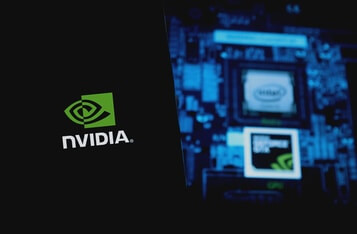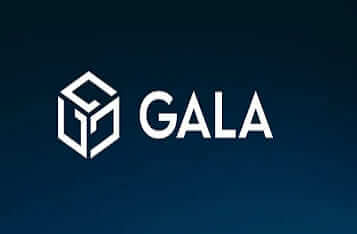AI-Driven Shark Detection Enhances Beach Safety in California
California beaches are becoming safer with the introduction of a new AI-powered shark detection system. Known as SharkEye, this innovative technology identifies sharks near shorelines in real time and sends text alerts to public safety officials, lifeguards, and the community, according to NVIDIA.
How SharkEye Works
Developed by the Benioff Ocean Science Laboratory (BOSL) at the University of California, Santa Barbara, SharkEye uses drones equipped with high-resolution cameras to capture video footage of the water. This footage is then analyzed by machine learning algorithms designed to detect the presence of sharks.
The system was launched at Padaro Beach near Santa Barbara, a location frequented by both juvenile great white sharks and surfers. The real-time detection capability of SharkEye significantly enhances the safety of swimmers and surfers along the coastline.
Technical Details
BOSL Project Scientist Neil Nathan explained that the team trained the computer vision model using NVIDIA T4 GPUs with over 15,000 images from drone surveys conducted at Padaro Beach over five years. The model was trained for 20 hours and achieved a mean average precision of 92%.
SharkEye's algorithm can detect sharks a few feet below the surface, outperforming human capabilities especially in challenging conditions like rough waters and sun glare. Survey results are posted on the SharkEye dashboard in partnership with California State University, Long Beach, which also includes ongoing detection results from acoustic surveys.
Broader Implications
The SharkEye project not only aims to improve public safety but also provides valuable data for marine biologists studying shark behavior and migration patterns. This information can inform both conservation and public safety efforts.
According to Nathan, the team plans to make SharkEye publicly available for broader use, potentially enhancing beach safety on a larger scale.
For more details, visit NVIDIA.
Read More
NVIDIA BlueField DPUs Enhance VAST Data Platform for AI Workload Optimization
Aug 06, 2024 0 Min Read
Fernanda Orduña Rangel Discusses Decaf's Decentralized Financial Solutions
Aug 06, 2024 0 Min Read
Gala Games Launches Season 6 of Eternal Paradox with Exciting New Features
Aug 06, 2024 0 Min Read
George Danezis Discusses Mysticeti’s Impact on Sui’s Throughput and Latency
Aug 06, 2024 0 Min Read
NVIDIA TensorRT-LLM Boosts Hebrew LLM Performance
Aug 06, 2024 0 Min Read




